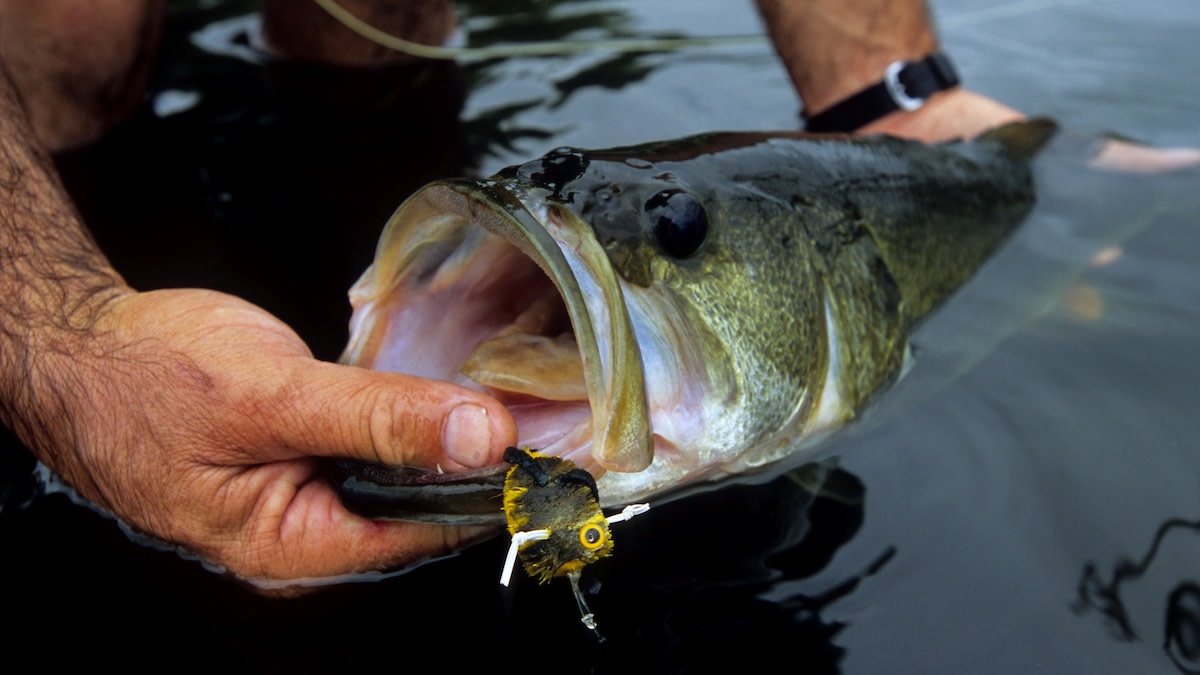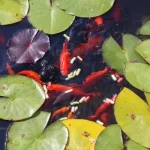When it comes to pond bass, understanding their diet is crucial for both anglers and pond owners. Knowing what bass eat can help in managing the pond’s ecosystem and improving the chances of a successful fishing trip. Let’s delve into the fascinating world of the pond bass diet.
Primary Diet of Pond Bass
Pond bass are voracious predators, and their primary diet consists of smaller fish, insects, and crustaceans. Understanding these dietary preferences is essential for those looking to attract and catch bass in ponds.
Table 1: Primary Diet Of Pond Bass
| Food Source | Description |
|---|---|
| Small Fish | Bass feed on smaller fish such as minnows, shad, and sunfish. |
| Insects | They consume a variety of insects including dragonflies, mayflies, and beetles. |
| Crustaceans | Bass also prey on crayfish and other small crustaceans found in ponds. |
These food sources make up the bulk of a pond bass’s diet, and understanding their preferences can greatly improve angling success.
Implications for Anglers
For anglers targeting pond bass, using lures and baits that mimic the natural prey of bass can significantly increase the chances of a successful catch. Understanding the primary diet of pond bass can lead to more effective fishing strategies.
Table 2: Implications For Anglers
| Strategy | Benefits |
|---|---|
| Using Live Bait | Mimics natural prey, increasing the likelihood of a strike. |
| Choosing Lures | Selecting lures that resemble small fish or insects can attract bass. |
| Understanding Behavior | Knowing the diet helps in predicting bass behavior and movement. |
By aligning fishing techniques with the natural diet of pond bass, anglers can enjoy a more rewarding fishing experience.

Credit: extension.msstate.edu
Managing Pond Ecosystems
For pond owners, understanding the diet of bass is essential for managing the overall health of the pond. Bass play a crucial role in controlling the populations of smaller fish and aquatic insects, which can impact the balance of the ecosystem.
By promoting a healthy bass population, pond owners can help maintain a balanced ecosystem within their pond, supporting the overall health of the aquatic environment.

Credit: www.themeateater.com
Conclusion
Understanding what pond bass eat is not only essential for anglers seeking to improve their catch rates, but also for pond owners looking to maintain a healthy and balanced ecosystem. By recognizing the primary diet of pond bass and its implications, individuals can better appreciate the role of bass in pond environments and optimize their interactions with these fascinating fish.





